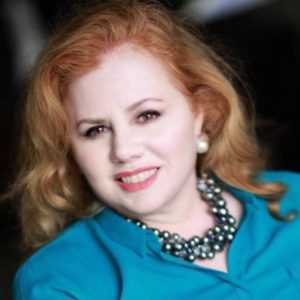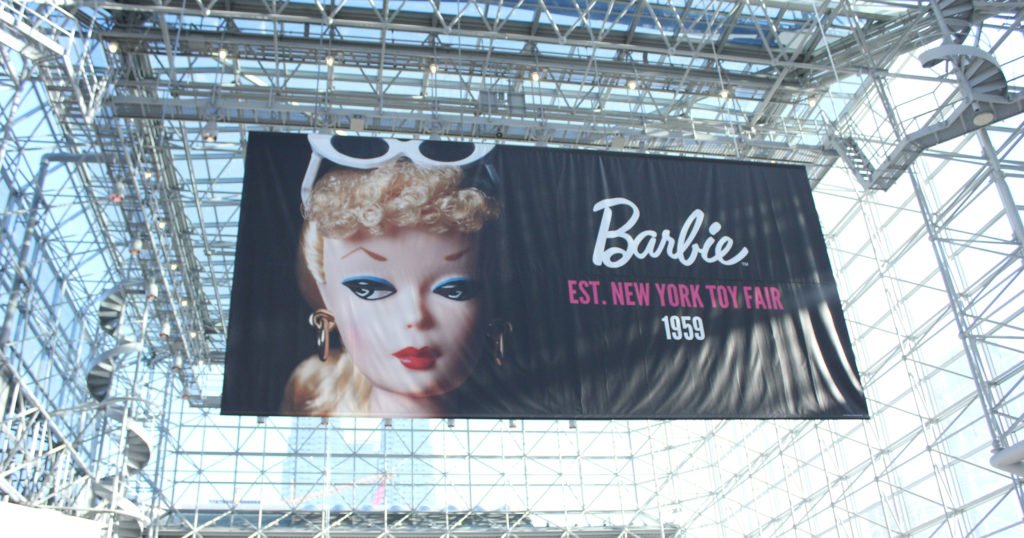Beyond Barbie: The Legacy of Mattel Founder Ruth Handler


Of all the roles Mattel’s iconic Barbie doll has had in her 62 years – fashion model; astronaut; presidential candidate; entomologist; and rock star, to name a mere handful– none is as interesting, influential, or improbable as the life led by her creator, Ruth Handler. A former stenographer at Paramount Pictures, Ruth co-founded Mattel in 1945 with husband Elliot and a friend, Harold (nicknamed “Matt”) Matson. Ironically, the company was named for the two male founders, yet it was Ruth’s creation that ultimately gave Mattel its identity and launched one of the best-known, best-selling toys in the world.


Mattel grew out of Ruth’s restlessness after giving birth to her two children, Barbara and Kenneth. Ruth and Elliot had worked together before Barbara’s birth in 1941. Elliot designed plastic furniture, and Ruth sold it on her lunch hour while working at Paramount. “I found that I loved the challenge of selling,” Ruth wrote in her autobiography, Dream Doll. “Adrenaline surged through me whenever I walked into a store with samples and walked out with an order.”
Mattel first focused on plastic doll furniture, and then novelty items. In 1947 the company had its first hit with a toy ukulele; in 1950, it sold more than a million units of “The Magic Eight Ball” and had revenues of some $2 million (approximately $24 million in today’s dollars). “We never had any trouble selling our toys,” Ruth remembered in Dream Doll. “The most difficult problem through the years was financing.” Like many a small business, they eventually relied on a loan from a family member when the banks turned them down.
Marketing Revolution
In 1955, the company started advertising on The Mickey Mouse Club, one of the first non-animated, daily, commercial television shows aimed at children. The move was a bold one; it was for year-round rather than merely seasonal advertising and involved a commitment of $500,000 – Mattel’s net worth at the time. The campaign made Mattel a household name and changed the way toys were sold. Instead of being marketed to adults, toys were now being introduced directly to children – all year long.
It was the direct connection to children that inspired Ruth to create Barbie (named after the Handlers’ daughter). “When my daughter Barbara was young, she and her friends frequently played with paper dolls,” Ruth wrote in Barbie: A Visual Guide to the Ultimate Fashion Doll. “They were adult dolls and the girls played growing up being a teenager.” Ruth saw a need for “a different kind of doll” to give girls the chance to imagine navigating the world of grown-ups.
Further inspired by a German novelty doll, Lilli, Ruth saw on a trip to Switzerland, she persevered with her design for a mature, three-dimensional figure. She fought for several years to get the doll made, over the objections of the male executives at Mattel. They didn’t think the world – or young girls – were ready for a doll as sophisticated as Barbie, whose curvy figure and made-up face made her a departure from the baby dolls young girls played with. In March 1959, Barbie was introduced at the International Toy Fair. In the first year, she sold approximately 350,000 units. Mattel went public the next year, and in 1961, Ken (named for the Handlers’ son), was introduced as Barbie’s boyfriend.
Ruth, who described herself as a “marketing genius,” saw the advantages to constantly expanding the range of Barbie-related merchandise. Dolls were sold with “clothing catalogs,” showing new fashions for Barbie that of course were sold separately. An entire backstory for Barbie was invented, allowing for the introduction of additional dolls: friends and family members. Ancillary merchandise, such as Barbie’s Dream House, was introduced. Books, magazines, and a Barbie Fan Club helped popularize the world of Barbara Millicent Rogers
Challenging the Status Quo
While Barbie would become a scourge of feminists starting in the ’70, attracting criticism for her “traditional” feminine role and giving girls unrealistic notions about body image, Handler always defended her creation. “My whole philosophy of Barbie was that through the doll, the little girl could be anything she wanted to be,” Handler wrote in her 1994 autobiography. “Barbie always represented the fact that a woman has choices.”
As much as Barbie in some ways reflected contemporary society, she also challenged assumptions: In 1965, Barbie was portrayed as an astronaut – four years before man walked on the moon. She and Ken never “married,” and the Dream House established the idea of Barbie as an independent career woman. Barbie was shown as a nurse in 1961, a traditional female role at the time; two decades later, she was a surgeon. In 1985, she was first portrayed as a CEO, and to date, has had more than 200 careers.
Handler herself never became CEO of Mattel, but as founder she was always closely involved in the day-to-day operations and served as president for some of the company’s most successful years. (Elliot focused on design.) Thanks to year-round advertising, demand for toys also became year-round, changing retailers’ and wholesalers’ approach to buying, selling, and marketing. To deal with the accelerating demand, Mattel had its own employees who visited stores and provided feedback from the market, allowing Ruth to adjust production based on retail sales. This made her one of the first manufacturers to actively use sales forecasting and inventory control, according to encyclopedia.com.
During her tenure as president, which started in 1967, Mattel introduced Black dolls as part of the Barbie collection, and lent money and technical expertise to Shindana Toys, which produced its own Black dolls. The California cooperative toy company was launched as a Black empowerment and community rejuvenation project in the wake of the Watts riots in 1968. Shortly after Mattel got involved with Shindana – which means “to compete” in Swahili – $1 million in loans came from such places as Chase Manhattan Bank and Sears Roebuck.
Other career milestones for Handler: She was the first woman elected to the Toy Manufacturers Association board of directors and was also the first woman appointed to the Federal Reserve Board. She was appointed to the National Business Council for Consumer Affairs and the Product Safety Committee by President Richard Nixon. In 1996, she saw Barbie inducted into the International Toy Hall of Fame.
A New Passion
Like many entrepreneurs, Ruth turned her creativity to solving a problem of her own. After undergoing a mastectomy in 1970, Handler was dissatisfied with the quality of prosthetic breasts available. She later developed prosthetics from foam and silicon, marketing them under the name “Nearly Me” and selling them through Ruthton Corporation, which she founded in 1975 after leaving Mattel. She famously fitted then-First Lady Betty Ford with a prosthetic after Ford’s breast cancer surgery in 1974, and like Mrs. Ford, helped bring the little-discussed disease to people’s attention, along with the need for early detection.
So confident was Handler in the quality of her product that she often invited reporters and photographers to see if they could distinguish between her artificial breast and the real one, according to her obituary in The New York Times.
While breast cancer gave Handler a new area of focus, it also may have contributed to her leaving Mattel under a cloud. She resigned from the company amid investigations surrounding fraudulent financial reports (varying reports cite her as having resigned in 1973, 1974, and 1975) and was charged by the Securities and Exchange Commission in 1978. She pleaded no contest and said that her illness had led her to be “unfocused.” The incident apparently did not interfere with her running of Ruthton, which she sold after 15 years to a division of Kimberly-Clark. “Nearly Me” products are still sold today.
Of course, her enduring legacy is Barbie. The doll is sold in some 150 countries and has been associated with 45 different types of products, ranging from food to fashion. During the pandemic, popularity increased. Barbie sales had their highest growth in 20 years in 2020, and Barbie-related merchandise accounted for $1.5 billion in sales, according to company reports.
Not bad for a 62-year-old who started off as a fashion model.

